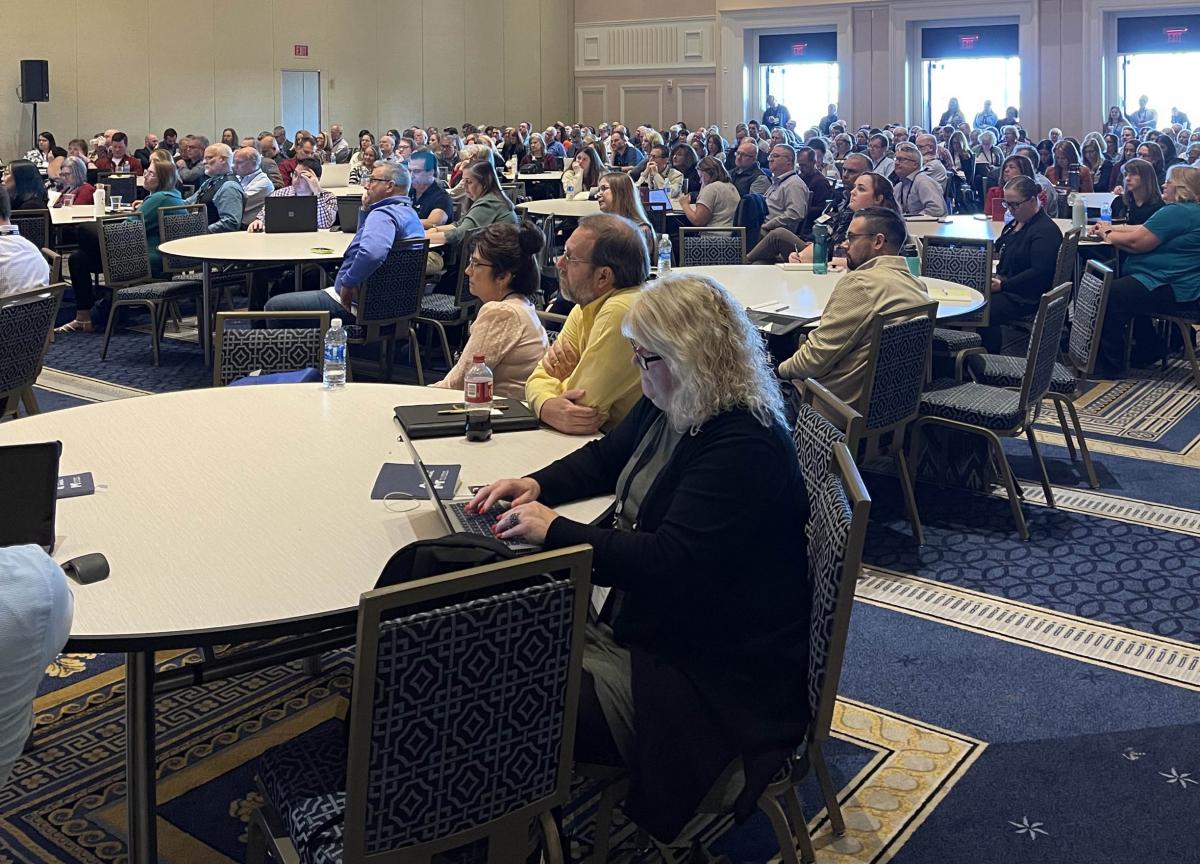Practice Management
 How did the SECURE Acts affect required minimum distributions (RMDs) and death benefits? An Oct. 23 session of the ASPPA Annual conference held at National Harbor, MD provided a look.
How did the SECURE Acts affect required minimum distributions (RMDs) and death benefits? An Oct. 23 session of the ASPPA Annual conference held at National Harbor, MD provided a look. Robert Richter, JD, LLM, Retirement Education Counsel at the American Retirement Association, and Michele Ueding, Partner, Kutak Rock LLP, offered their take on how the enactment of those measures changed the landscape of death benefit RMDs.
Following are highlights of the discussion.
Distributions
The first SECURE Act—enacted Dec. 20, 2019—eliminated “stretch” distributions to most beneficiaries, Richter and Uedine noted. The new rules generally apply if a participant or a designated beneficiary dies after Dec. 31, 2019. They apply to qualified defined contribution plans—including 403(b)s—as well as qualified governmental 457(b) plans, but do not apply to defined benefit plans. There was a delayed effective date for certain collectively bargained plans and governmental plans.
The general rule, under SECURE 1.0, is that unless there is an exception, distributions on death must be made within 10 years. Richter told attendees that the IRS has “doubled down” on that rule. He also noted that IRS Notices 2022-53 and 2023-54 provide relief if death RMDs for 2021-2023 were not continued after the RBD.
Further, under proposed regulations, if death occurs after the required beginning date (RBD), then the “at least as rapidly” rule also must be satisfied.
Beneficiary Designations
Eligible designated beneficiaries, under SECURE 1.0, include:
- spouses;
- minor children, until age of majority—age 21 under the proposed regulations;
- those disabled, as set forth in Internal Revenue Code (IRC) Section 72(m)(7);
- those who suffer from a lengthy chronic illness under IRC Section 7702B(e)(2); and
- designated beneficiaries of participants who died on or before Dec. 31, 2019
Ueding said that it is “clear from the regs that if there is a default rule, it does apply.” Richter said that he expects that the “age of majority” language in the proposed regulations to be in the final regulations.
Trusts
In some cases, the beneficiaries of a trust are considered to be designated beneficiaries. Richter noted that the IRS issued proposed regulations that the rules to address many situations previously covered by letter rulings. Richter said that he thinks the proposed rules are “going to stick.”
Timing
Timing, it is said, is everything—and beneficiaries are yet another thing for which they are important. Timing as regards older eligible beneficiaries can be “a minefield,” Richter said, calling it a “gotcha.” The rules say that:
- If death occurs after the RBD and the beneficiary is older than the participant, then the proposed regulations have a special acceleration requirement.
- RMDs are determined based on the participant’s life expectancy (LE) (reduced by 1 for each year), and the entire amount must be paid out when the beneficiary’s LE would be 1 or less.
When these regulations are issued in final form, the panelists say they will not be effective before 2024.
Surviving Spouse Election
SECURE 2.0 created a new surviving spouse election. Effective for calendar years after Dec. 31, 2023, a surviving spouse may make an election to be treated as the employee for RMD purposes. Surviving spouses may use the uniform lifetime table instead of the single lifetime table.
RMDs
SECURE 2.0 made a variety of changes concerning RMDs. It changed the starting age for RMDs to age 73 as of Jan. 1, 2023 and to age 75 effective Jan. 1, 2033. There is no pre-death RMD for Roth accounts in qualified plans. And it cut the excise tax imposed if there is a failure to take an RMD from 50% to 25%, and it is further cut to 10% if the RMD is taken before an IRS audit, or, if earlier, the second year after the tax is imposed.
- Log in to post comments
